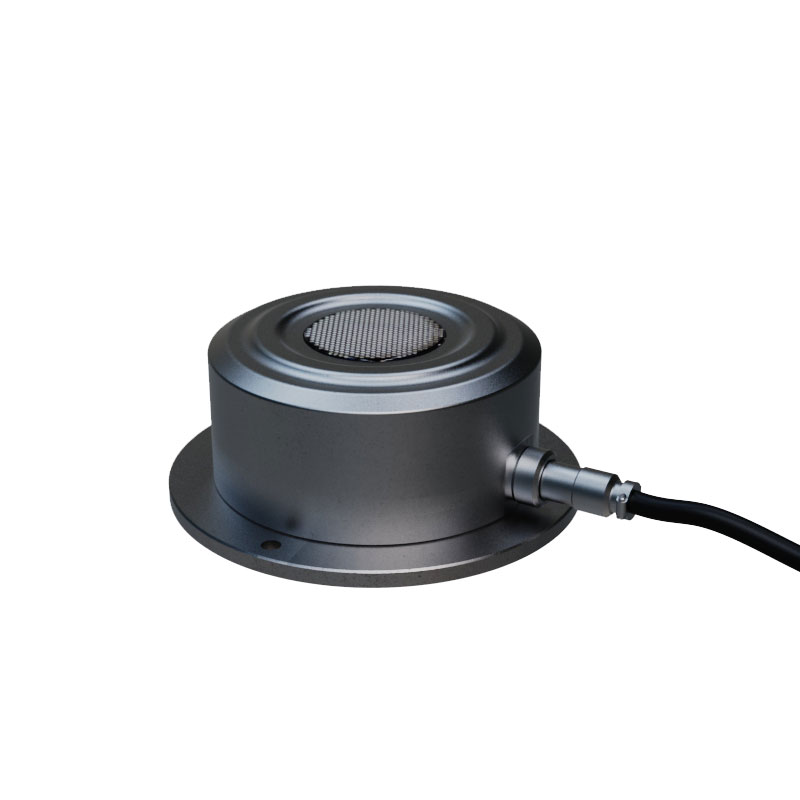Tianyi Sensor IOT Technology Co., Ltd
Sales Manager:Ms. Emily Wang
Cel,Whatsapp,Wechat:+86 15898932201
Email:info@fengtutec.com
Add:No. 155 Optoelectronic Industry Accelerator, Gaoxin District, Weifang, Shandong, China

Sales Manager:Ms. Emily Wang
Cel,Whatsapp,Wechat:+86 15898932201
Email:info@fengtutec.com
Add:No. 155 Optoelectronic Industry Accelerator, Gaoxin District, Weifang, Shandong, China

Model:FT-XL2
Brand:tianyi
1.Ultrasonic Snow Depth Detector Sensor Product Introduction
Ultrasonic Snow Depth Detector Sensor is a non-contact snow depth monitoring sensor that can be used for accurate, continuous and non-contact recording of snow depth.Ultrasonic Snow Depth Detector Sensor is a sensor that uses ultrasonic technology to detect distances on snow surfaces.The sensor adopts an integrated capacitive electrostatic transducer probe design, with high sensitivity, strong anti-interference ability and high accuracy.
2.Ultrasonic Snow Depth Detector Sensor Technical Indicators
Power supply: DC12V
Working environment: -40-60℃, humidity ≤100% without condensation
Communication interface: RS485
Operating current: 18mA DC12V
Minimum data interval: 0.2S
Housing material: aluminum alloy material
Range: 0-2000mm
Measurement resolution: 1mm
Accuracy: 1mm±0.2%
3.Ultrasonic Snow Depth Detector Sensor Product Size Diagram

4.Ultrasonic Snow Depth Detector Sensor product use
The equipment installation location should be open
The equipment installation cross arm should be guaranteed to be at least 1M
There should be no obstruction above the device
The distance from the equipment to the ground level should be within 20cm-200cm.In order to ensure measurement accuracy, the recommended distance is 100cm.
The equipment installation bracket should be kept horizontal.It is best to treat the reflective ground of the sensor horizontally.The reflection point should be within a radius of 1 meter.The weed interference should be avoided.
Measuring river water levels is necessary for flood control and disaster reduction. Through real-time monitoring of river water levels, we can timely grasp the changes in water levels, issue warnings before floods arrive, strive for time for personnel evacuation and property transfer, and minimize t...
3D Ultrasonic Anemometer can measure the horizontal and vertical wind speed and direction values in three-dimensional space at high frequency, providing accurate and real-time data support for various industries.The working principle of this sensor is based on the propagation characteristics of ultr...
In the daily operation and maintenance of photovoltaic power plants, testing equipment is a key tool to ensure power generation efficiency and system stability. Among them, the EL detector and I-V Curve Tracer are two widely used professional devices that evaluate the performance of photovoltaic mod...
The FT-SQ6 electronic weather station is a professional meteorological measurement tool that integrates portability, accuracy, and durability, and it is also a reliable piece of equipment in the field of special firefighting. Its compact design and lightweight body make portability its main advantag...